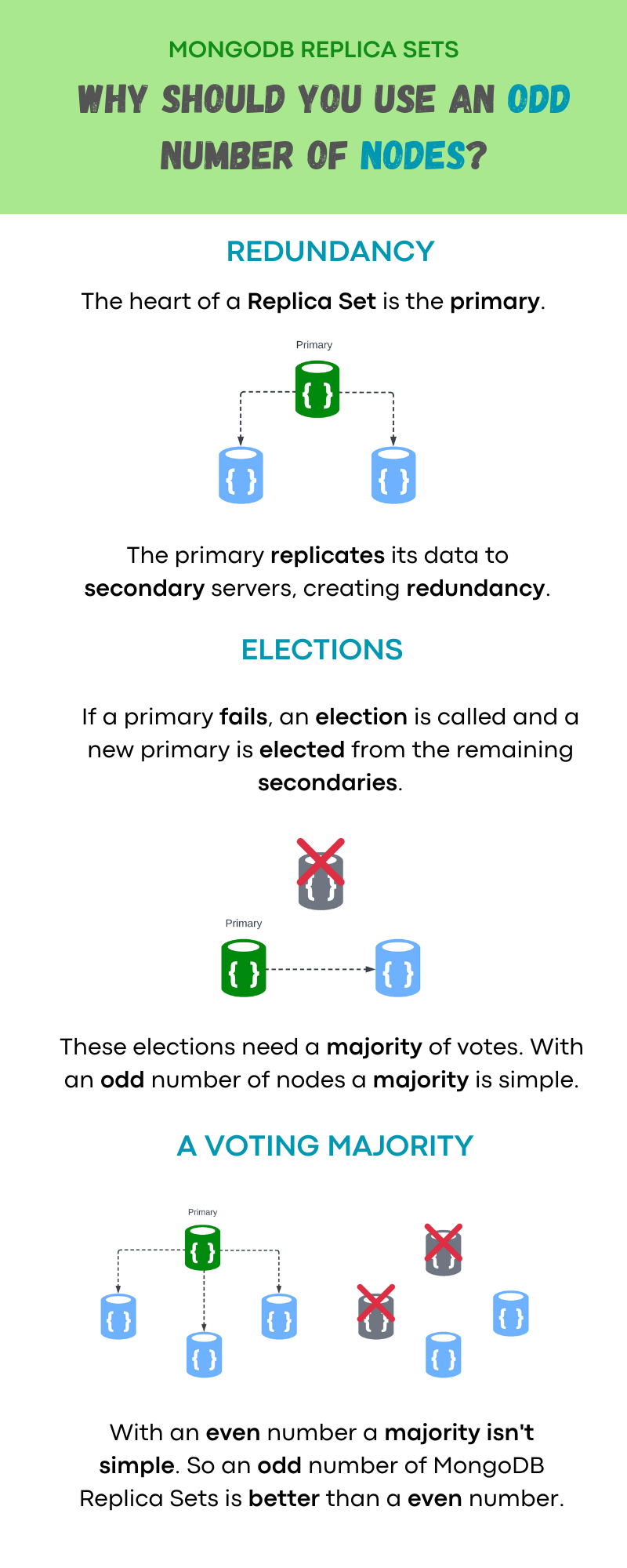-
MongoDB.local NYC 2024

Last week I had the opportunity to attend MongoDB.local NYC and help out at the MongoDB Community Booth. We had a fun “scavenger hunt” around the MongoDB Community website to get a MongoDB t-shirt which saw a lot interest (everyone loves a free t-shirt!) It was great to catch up with many members of the…
-
Getting Started with MongoDB on Docker: A Step-by-Step Guide

Are you eager to dive into MongoDB but unsure where to start? Docker provides a convenient way to set up MongoDB for local development, allowing you to experiment without the complexity of traditional installations. In this guide, we’ll walk you through the process of installing MongoDB on Docker, persisting database data files, connecting to MongoDB,…
-
Document Schema Validation

MongoDB’s flexible document model allows for a wide range of data types within a collection, offering an vast amount of versatility. However, in certain scenarios, it becomes imperative to maintain a structured schema across all documents, while retaining the benefits of MongoDB’s inherent flexibility. This is where document schema validation proves to be a powerful…
-
Exploring MongoDB Configuration

Configuring MongoDB is a crucial step in optimizing its performance and tailoring it to the specific requirements of your application. MongoDB provides a configuration file that allows you to fine-tune various settings. In this blog post, we’ll delve into some of the essentials of the MongoDB configuration file, and explore its structure. Configuration File The…
-
Replica Sets: Member Roles and Types

MongoDB replica sets are a powerful way to ensure high availability and data redundancy in your database environment. While we won’t delve into all the intricate configuration options here, let’s explore some key member roles and types that allow you to shape your replica set’s behavior according to your needs. Priority: Defining Leadership In a…
-
Replica Sets: Why an Odd Number of Nodes?

If you are using a Replica Set with your MongoDB setup you might be wondering why using an odd number of nodes (or members) is the best practice. After all if you could have four nodes that is probably better than three, right? Not so fast! In this post we will dig in a little…




